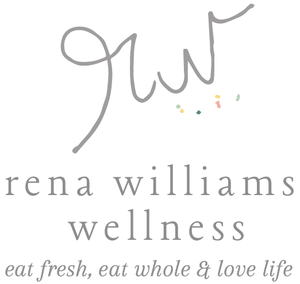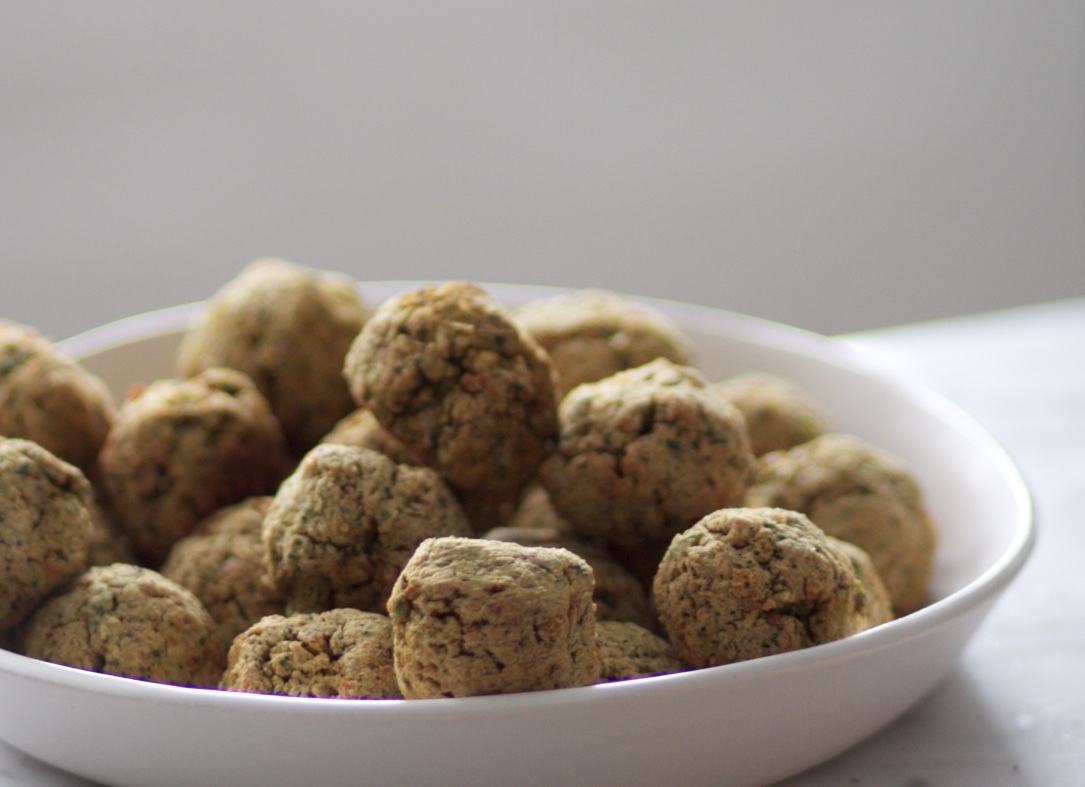You want a recipe that becomes a lifesaver to your busy workweek. One that doesn’t require a lot of active time to put together and one that can be frozen and kept on hand for a later date.
This falafel recipe delivers on all counts.
And as an added bonus it’ll keep both your body and health rocking. Yes it’s free from gluten, dairy and the norms you’ve come to expect from me, but the true highlight in this recipe is the spice blend.
Spices pack such a beautiful and powerful health punch. I was intentional with choosing this blend so please do try it out as is.
I’ve talked at length about turmeric and it’s wonderful anti-inflammatory, digestive health, heart health, anti-aging and antioxidant properties.
Today, I’m highlighting cumin, sumac and nigella. Like turmeric, these three spices have incredible health benefits, like reducing inflammation and supporting healthy immunity. There are recent studies exploring their impact on promoting weight loss, diabetes and increasing insulin sensitivity, heart disease, reducing cholesterol and anticancer activities.
If sumac and nigella are spices that are new to you, they’re worth a trip to your spice store or an online purchase. You can find both online here or here.
Now about that recipe.
Tossed in a pita, tortilla or collard wrap, falafel can be super versatile. With the chickpeas + tahini, you're getting a good amount of protein. And let’s talk about sesame seeds for a moment. One of the best plant-based sources of calcium. These little seeds have more calcium, gram for gram, than either milk or cheese.
Now I leave you to make this midweek lifesaver. Share with me in the comments below your favourite way to enjoy falafel.
Sumac Falafel
makes approx. 26 falafel
3 cups (28 oz) garbanzo beans, cooked, rinsed and drained
1/2 cup spaghetti squash, cooked (any other cooked winter squash will work)
3 garlic cloves, roughly chopped
1/2 cup fresh parsley, roughly chopped
1/3 cup cilantro, roughly chopped
1 tsp baking powder
3 Tbsp garbanzo or garfava flour
1 1/4 tsp Himalayan rock salt
2 tsp cumin seeds, ground
1 tsp nigella seeds, ground
1 tsp sumac
1/2 tsp turmeric powder
1/2 tsp black pepper, ground
extra virgin olive oil for brushing
How to:
- Add chickpeas to food processor. Pulse about 6 or 7 times until coarsely chopped, scraping down sides of the bowl as you go
- Transfer chickpeas to a mixing bowl and set aside
- Add all other remaining ingredients to food processor. Process on high until finely chopped
- Add herb paste to chickpeas and mix together until well blended
- Set aside covered in the fridge for a least 1 hour up to overnight*
- When ready to bake, preheat oven to 400F
- Taking one spoonful of batter, roll into a ball and place on a baking sheet
- Continue until all batter is formed in balls on baking sheet
- Lightly brush each falafel with olive oil
- Bake for 20-25 minutes, until beginning to brown
- Remove from oven and let cool for about 10 minutes before serving
- Serve in a salad, pita, wrap, or veggie bowl topped with Tahini Sauce
- Enjoy
*This recipe really sings if you give the batter a chance to rest. The flavours meld together giving it a much richer taste
Tip: Falafel (and it’s batter) freezes well. Will keep properly stored in the freezer for up to 2 months.
Tahini Sauce
makes approx. 3/4 cup
1/4 cup sesame tahini
1/4 cup water
1/4 cup extra virgin olive oil
1 clove garlic, roughly chopped
3 tsp lemon juice, freshly squeezed
1/4 tsp Himalayan rock salt
1 tsp maple syrup
1/2 tsp sumac
1 tsp lemon rind
How to:
- Except for lemon rind, add all ingredients to a high powered blender. Blend until smooth
- Transfer to a glass container and stir in lemon rind
- Serve with falafel
- Will keep in an airtight container in the fridge for up to 4 days








